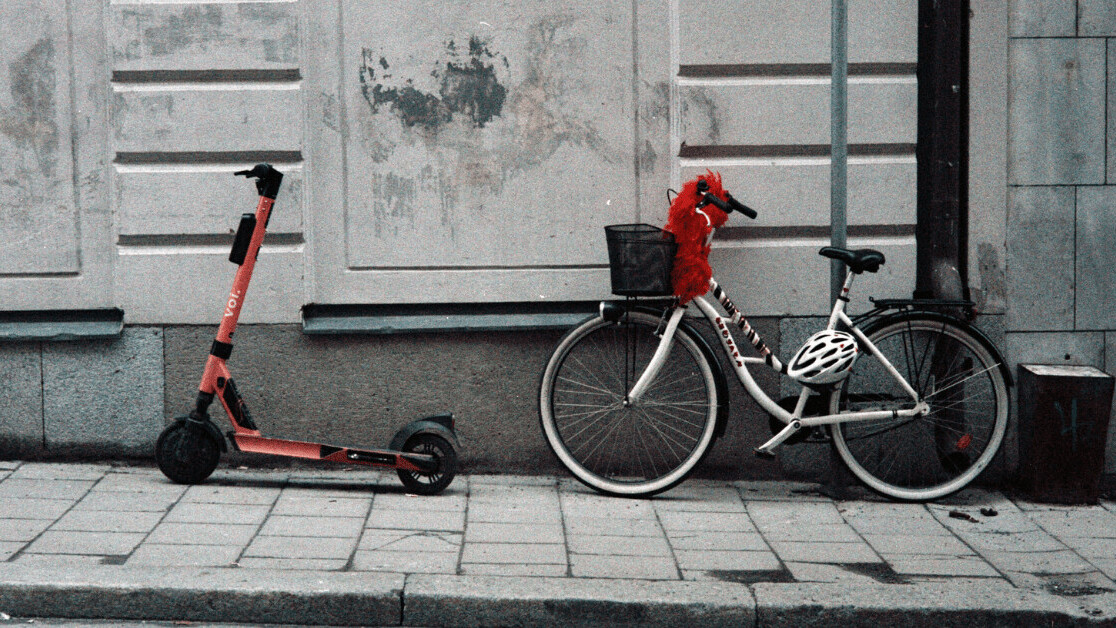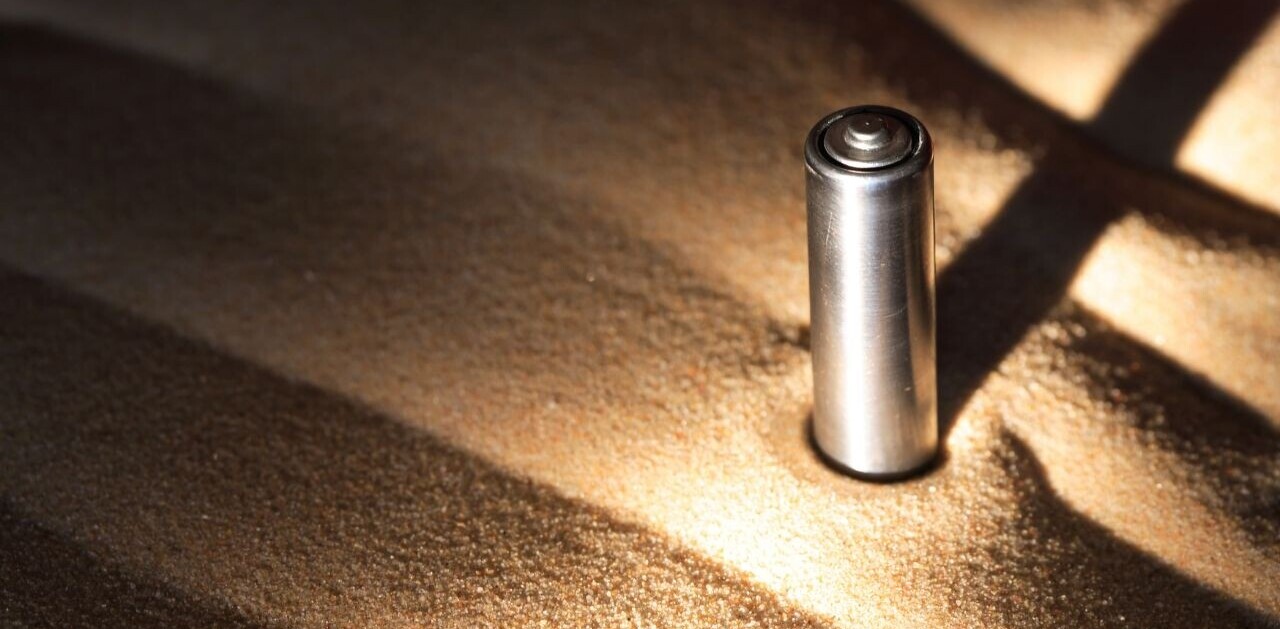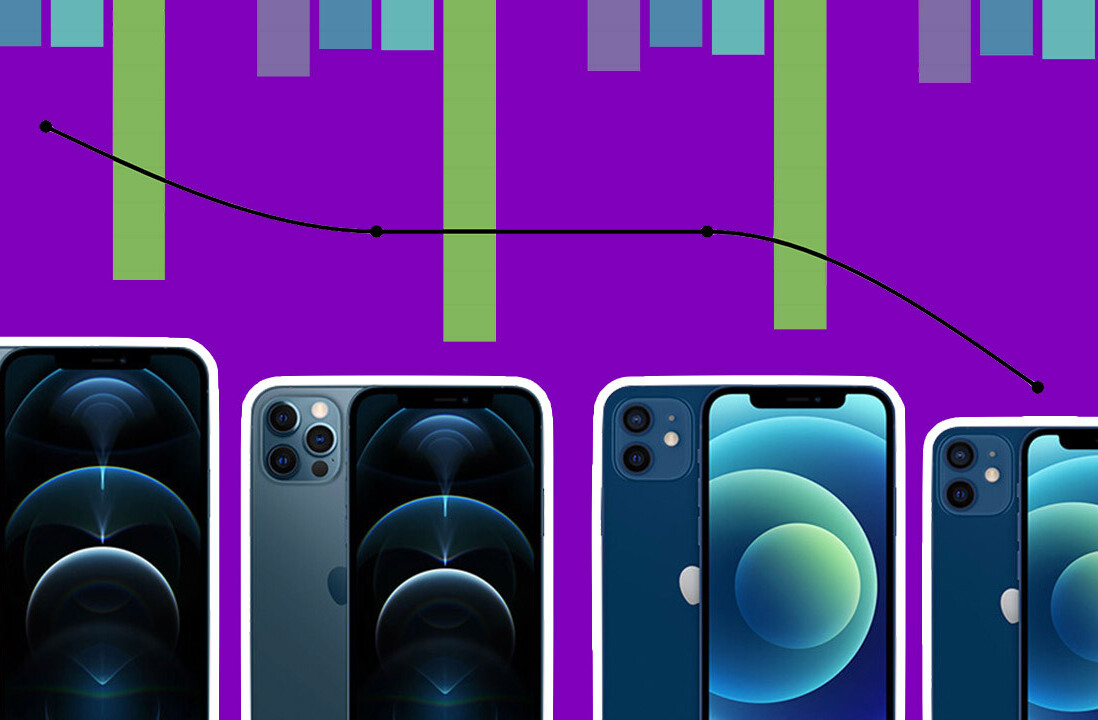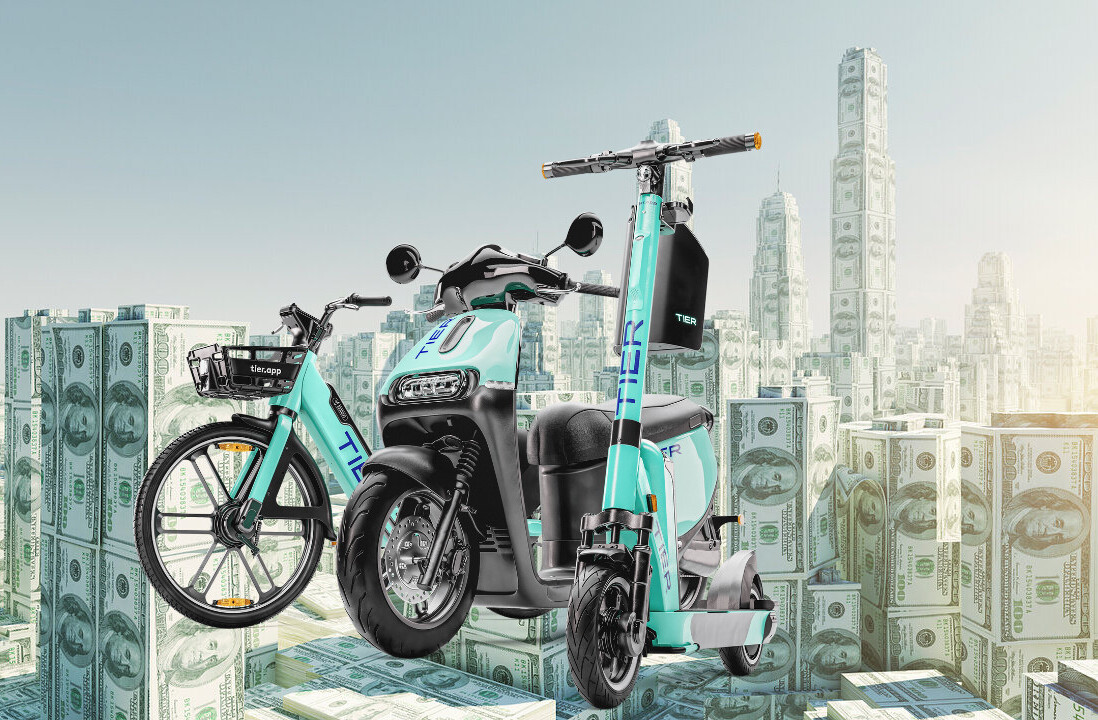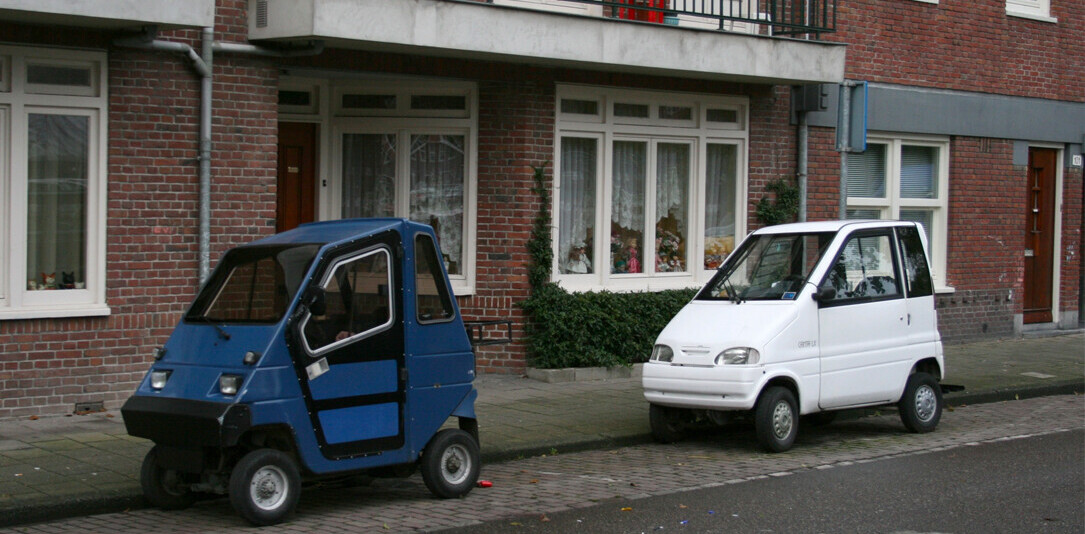Over the past few years, shared e-scooters have become more hard-wearing and safer. But a singular challenge remains: the problem of recharging. While the electric vehicle industry grapples with concerns about range, time taken to recharge and charging infrastructure, things are potentially far simpler for micromobility. Tony Günther, Head of eCommerce at Okai’s Berlin Office, explains how interchangeable batteries are improving the industry.
I’m a micromobility enthusiast with a vision to improve city transport. In 2015 two friends and I launched an electric skateboard business. Despite our lobbying efforts, European policymakers ruled against skateboards. But what was bad for e-skateboards was good for e-scooters, as cities across the US and Europe embraced them as a potential last-mile solution. Through my lobbying efforts I had met with the Okai Berlin office.
The more we talked the more I synched with Okai’s culture and vision. Okai founder Jiangtao Lu grew up with an obsession for motor mechanics. In 2006 he started a business making gasoline-powered scooters, infusing his love for mechanics and design with a vision of ‘Safe, simple, fun transportation for everyone’, a line that appealed to me.
An industry on the up and overcoming challenges
Today Okai and Ninebot-Segway and are the world’s two biggest e-scooter manufacturers, having grown partly on the back of a sharing boom. In 2019 the e-scooter sharing industry was worth an estimated $743 million in Europe and the US and is expected to grow at 25% CAGR to 2025, attracting billions of dollars from venture capitalists. But it hasn’t all been downhill for e-scooters, with sharing providers complaining about the short lifecycle of devices, as well as the cost and complexity of maintenance; there were also calls for a ban because of safety concerns. In the past couple years e-scooters have started to include safety features like our built-in helmet, indicator lights and better braking systems. They’ve also become more durable: by way of example our ES400 batch shipped to sharing providers last year is still operating at near 100%.
Battery recharging challenge
But the challenge of battery recharging remains, with some sharing providers paying independent contractors to drive around cities in combustion vehicles collecting devices…hardly an advertisement for ecomobility. Everyone knows that recharging represents a major drawback for electric vehicles compared to combustion ones, which can refuel in minutes at conveniently located stations. How could we help to create a recharging infrastructure network that would eliminate the need to collect up spent devices?
Building a recharging network out of swappable batteries and goodwill
Okai worked closely with sharing providers and particularly with European leader Tier, to answer the question. The first step was to commit to a user-friendly swappable battery system. Okai has in-house design and battery expertise, and so the engineers and designers were tasked with making ‘safe, simple, fun’ battery swapping a reality. Fitting to hardware and software of TIERs (through the PushMe acquisition) innovative in-store charging cabinet, Okai developed the ES400B Electric Scooter and the Okai EB100 Electric Bike, which use the same swappable battery system, also a unique innovation. TIERs charging cabinet that requires no special installation is ideal for small convenience stores and cafes. Users are given a free ride for dropping the battery at the store, Tier covers the electricity cost, and shop owners benefit from increased customer traffic. Thanks to collaboration between manufacturer and operator, we now have better unit economics for the sharing industry. We also have a blueprint for free-floating infrastructure that applies digital technology and sharing culture to reduce costs and emissions.
A win-win-win solution
Tier is rolling the system out in all European cities where it operates, with the obvious benefit that it can be used for e-bikes and possibly other vehicles in the future. We believe that battery swapping will become the gold standard for the industry, as its such an elegant solution to a complex problem, with wins for users, sharing providers and small business. Not to mention a reduction in emissions and abandoned vehicles. But things may get complicated when TIER’s competitors follow suit, whereby we have multiple cabinets fighting for space in the same stores, or users wandering around town trying to find the right cabinet for their battery.
The good news is that cities can see for themselves the benefits of the swappable battery and regulate accordingly, perhaps standardizing cabinets and batteries, making them usable across several sharing providers. We will certainly play our part in improving the service for users, the economics for sharers and the cleanliness for cities. We also trust that our innovation will provide an interesting study for the EV industry.
This article was written by Tony Günther, Head of eCommerce, Okai Berlin Office, on The Urban Mobility Daily, the content site of the Urban Mobility Company, a Paris-based company which is moving the business of mobility forward through physical and virtual events and services. Join their community of 10K+ global mobility professionals by signing up for the Urban Mobility Weekly newsletter. Read the original article here and follow them on Linkedin and Twitter.
SHIFT is brought to you by Polestar. It’s time to accelerate the shift to sustainable mobility. That is why Polestar combines electric driving with cutting-edge design and thrilling performance. Find out how.
Get the TNW newsletter
Get the most important tech news in your inbox each week.
